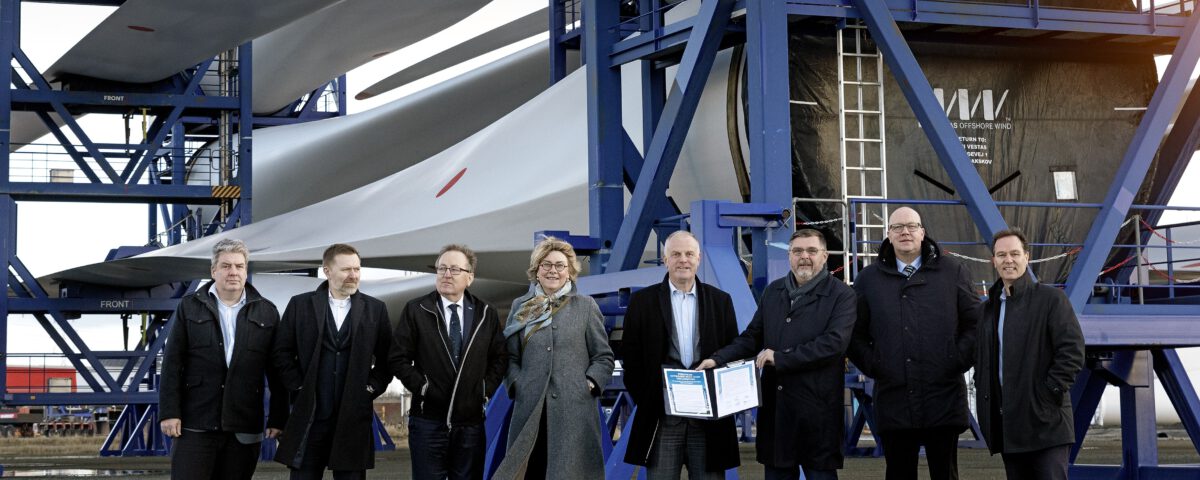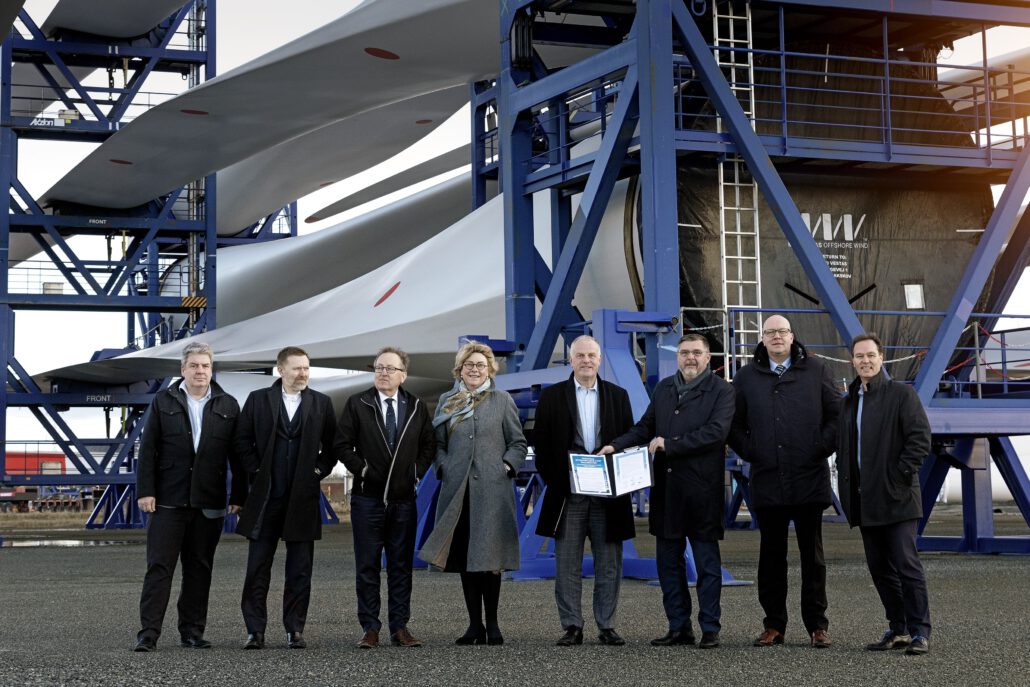Today, representatives of six leading wind ports shook hands on handling Europe’s offshore wind challenge together
Today, representatives of six leading wind ports shook hands on handling Europe’s offshore wind challenge together

Even though they are usually competitors, representatives of the six largest wind ports in Europe shook hands and signed a declaration today at Port Esbjerg in Denmark and immediately started the work. They have agreed to join forces to speed up the green transition in order to meet Europe’s ambitious offshore wind deployment targets. The ports lack capacity.
Today, the European offshore wind strategy target is to deploy at least 65 GW of offshore wind by 2030. A tall ask. Not least considering that there is currently just over 13 GW in the seas around Europe. In other words, Europe aims to install well over five times as much offshore wind in the next eight years as we have built during the previous twenty years.
This target puts great pressure on European wind ports because there is currently not enough port capacity to install all these offshore wind farms by the deadline.
Six of Europe’s leading wind ports will try to change that. Although they are competitors, they have joined forces in a collaboration, sealed today at Port Esbjerg where a declaration was signed and the first discussions and sharing of experiences took place. The aim is to collaborate at an operational and practical level.
“We, Europe’s leading offshore ports, will be crucial to accomplish this massive expansion of European offshore wind capacity. We are fully committed and stand ready to do our part of the work. By strengthening cooperation between the ports, operationally and practically, we can lay the groundwork that will lead to future extensions and sufficient capacity,” it says in the declaration
According to the six involved CEOs, the ports also want to send a signal to the market that the ports are willing to do anything to accelerate the green transition with offshore wind.
Back in May, the Esbjerg Declaration dramatically increased the target for offshore wind in Europe. Germany, Denmark, Belgium, and the Netherlands have set a combined target to deliver at least 65 GW of offshore wind by 2030.“Today, the six of us as signed a declaration stating that we will do everything we can to support Europe’s ambitious aims. In May, the politicians set the framework with the original declaration, and today we’ve started to act on the challenge they gave us all by raising sky-high the targets for offshore wind,” says Dennis Jul Pedersen, CEO of Port Esbjerg.
Sharing everything from digital experience to space
The six ports that have entered the unique collaboration are Port Oostende in Belgium, Groningen Seaports/Eemshaven in the Netherlands, Niedersachsen Ports/Cuxhaven in Germany, Nantes-Saint Nazaire Port in France, Humber in the UK and Port Esbjerg in Denmark.
As Europe’s leading offshore ports, they will contribute to knowledge sharing and best practice while respecting competition legislation.
The ports may, for example, collaborate on getting around the issue of space shortages. If one port only has space for half a project, another port may have space for the other half.
The ports will also try to ensure optimal processes and, for example, share digital experiences. Port Esbjerg has just developed a digital tool – a so-called digital twin – to help triple the capacity of offshore wind in the future, without having to expand.
The ports’ collaboration should also support the political work in Europe.
”The importance of ports in Europe should not solely be calculated in tonnes, but should also be assessed in terms of their contribution in the deployment and supply of energy, in particular renewable energy. I am very excited to see these six important wind energy ports joining their efforts and leading the way in view of reaching the EU offshore goals. Through cooperation it will be easier to face the identified headwinds” says Isabelle Ryckbost, Secretary General in the European Sea Ports Organization (ESPO).
Ports sharing insights and knowledge
The plan is for representatives of the six ports to meet twice a year.
“We’re now joining forces to find the best solutions for optimising the ports in the offshore industry. Collectively, we can be regarded as serious partners in achieving the European targets,” says Erik Bertholet, Business Manager, Logistics and Offshore Wind of Groningen Seaport/Eemshaven.
Germany has set a target of 30 GW offshore wind capacity in 2030, 40 GW in 2035 and 70 GW in 2050. When you view this in the context of the combined European targets, it is obvious that achieving the targets requires a joint and coordinated effort, according to Holger Banik, Managing Director at Niedersachsen Ports GmbH & Co:
“The green transition poses an enormous challenge for all European players in the offshore industry, so a stable alliance is key to success. Even though we’re competitors, we still face the same challenges and have a joint responsibility to achieve the political demands and market requirements,” says Banik.
Belgium already has 399 offshore wind turbines in the Belgian sector of the North Sea, and Port Oostende is a vital hub for the next zone to be established off the west coast of Flanders as well as for other North Sea wind energy projects. CEO of Port Oostende, Dirk Declerck says:
“This collaboration is important, because we make each other stronger. Likewise, it is very important for the green transition that we exchange knowledge and experience and share professional information with all stakeholders in the offshore industry, so we can create a professional platform”
As opposed to the other countries, France has only recently installed its first offshore wind turbines.
“We’re new to the offshore wind industry, and we’re very proud that we’ve recently completed the first ever offshore wind farm in France. So, we’re looking forward to drawing on the experience of the other ports and to contributing knowledge based on our focus on floating offshore wind farms. We also hope that the partnership will contribute to finding solutions to the bottlenecks we’re all facing,” says Olivier Tretout, CEO of Nantes Saint-Nazaire Port.
Green Port Hull is delivering on the British government’s offshore wind target of 50GW, and Siemens Gamesa continues to drive growth by doubling the capacity at its offshore blade manufacturing facility in Hull as the world’s largest offshore wind farm, Hornsea Two gradually comes online off the east coast of England.
“ABP is the UK leader in supporting the growth in offshore green energy, particularly today on the Humber where we already host major manufacturing facilities and operations and maintenance bases. We’re excited to be working with leading peers across Europe to unlock the significant potential of offshore wind to decarbonise the UK,” says Andrew Reay, Head of Offshore Wind, Associated British Ports (ABP).


